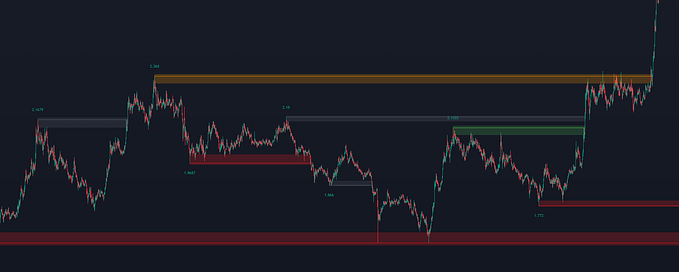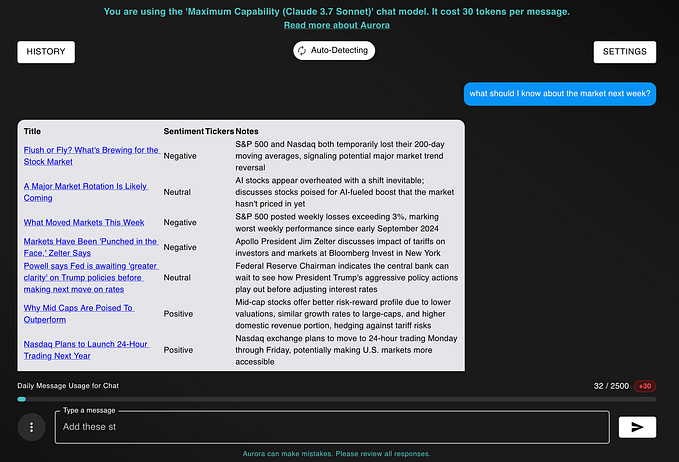RMB replacing USD as No1 currency globally?(02)

2. The achievements and periodicities of RMB internationalization
After the outbreak of the global financial crisis in 2008, the People’s Bank of China officially began to promote the internationalization of RMB in 2009. Over the past decade or so, RMB internationalization had made quite impressive achievements.
First of all, from the perspective of trading volumes, according to SWIFT data, as of Apr 2023, the global market share of RMB in international payments reached 1.93%, making it the 7th largest settlement currency in the world. In contrast, the shares of the U.S. Dollar, euro, British pound, and Japanese yen during the same period were 59.74%, 11.46%, 5.65%, and 5.85%, respectively.
Secondly, from the perspective of value storage, according to IMF data, until Q1 2023, the RMB’s share of the world’s allocated foreign exchange reserves reached 2.58%, making it the 5th largest reserve currency in the world. Meanwhile, the shares of the U.S. Dollar, Euro, British Pound, and Japanese Yen during the same period were 59.02%, 19.77%, 4.85%, and 5.47%, respectively.
Thirdly, from the currency perspective of foreign exchange transactions, according to BIS data, by the end of 2022, the RMB accounted for 7% of global foreign exchange transactions (please note that the total weight is 200%), which was significantly higher than the 4% at the end of 2019, ranking as The fifth most traded currency in the world. In contrast, the shares of the US Dollar, Euro, British Pound and Japanese Yen were 88%, 31%, 13% and 17% respectively during the same period.
Thirdly, from the perspective of the currency composition of the IMF’s Special Drawing Rights (SDR) basket, from August 1, 2022, the weight of the RMB had been increased from 10.92% to 12.28%, making it the third biggest weighted currency. Meanwhile, the currency weights of the U.S. Dollar, Euro, British Pound, and Japanese Yen were 43.38%, 29.31%, 7.44%, and 7.59%, respectively.
From the above, we can draw two conclusions:
First, since 2009,with the rapid development of Chinese Economy, the internationalization of RMB had indeed been witnessed with an accelerated process in multiple dimensions;
Second, even so, the RMB still got sizable gaps compared with other major foreign currencies. Excluding the U.S. Dollar and the Euro, it would still take quite a long time for the RMB to catch up with the British Pound and the Japanese Yen in both scope and depth when it comes to medium of exchange, store of value and foreign exchange transactions as one pivotal global currency;
It’s also worth noting that,Since 2009,the process of RMB internationalization had demonstrated Obvious life cycles. Whether judging from the datas of RMB cross-border trade and direct investment, or the RMB deposits and loans in the offshore financial market, these periodicities were quite prominent to be detected. To be specific, from 2009 to 2017, the RMB internationalization process went through the first complete cycle.That is to say, from 2009 to the first half of 2015,it was in an ascending period; then from the second half of 2015 to the end of 2017,it was within a declining period. From 2018 to now, RMB internationalization entered the second cycle, and is currently within the Gradually climbing phase.
Why did the RMB internationalization process enter a period of decline from the second half of 2015 to the end of 2017? Behind it,there were short-term economic and financial cyclical factors, as well as medium and long-term structural factors. Short-term economic and financial cyclical factors mainly include:
first, as the US Federal Reserve shrunk its balance sheet in 2014 and began to raise interest rates in 2015, and the People’s Bank of China lowered interest rates in 2015 in response to the rapid decline in the GDP growth, the interest rate gaps between China and the United States narrowed swiftly;
Second, the narrowing the interest rates gaps between China and the United States,spurred speedy cross-border capital outflows soon afterwards led to the reversal of expectations of RMB appreciation against the dollar to depreciation expectations;
Third, since 2015, with the slowing down in domestic economic growth, China’s domestic financial Risks began to mount and manifest.In return,the combined short-term economic and long-term cyclical financial factors had reduced the willingness of foreign entities to hold RMB financial assets. In fact, more imperative,As the medium and long-term structural problems mounted, it forced the People’s Bank of China to speed up the internationalization of the RMB,AKA,drive excessive CNY liquidity overseas.








